The field of quantum computing has long grappled with the fragile nature of qubits, where even the slightest environmental interference can lead to errors. Among the most critical challenges in maintaining quantum coherence is the real-time decoding delay in quantum error correction (QEC). This latency, often measured in microseconds, can determine the success or failure of a quantum computation. As quantum processors scale up, the demand for faster and more efficient decoders has become a pressing concern for researchers and engineers alike.
Quantum error correction relies on the continuous monitoring of qubits to detect and rectify errors before they propagate. Unlike classical error correction, which can afford millisecond-level delays, QEC requires near-instantaneous feedback. The decoding process—translating error syndromes into corrective actions—must keep pace with the rapid error rates inherent in quantum systems. Any lag in this feedback loop risks allowing errors to accumulate, undermining the very purpose of error correction.
Recent advancements in decoder algorithms have shown promise in reducing latency. Traditional decoders, such as the surface code decoder, often rely on computationally intensive methods like minimum-weight perfect matching. While effective, these approaches introduce delays that grow with the size of the quantum system. Newer techniques, including machine learning-assisted decoders and parallelized processing, aim to streamline this bottleneck. For instance, neural networks trained on simulated error patterns can predict corrections with sub-microsecond latency, a significant leap over conventional methods.
However, the hardware executing these decoders also plays a pivotal role. Field-programmable gate arrays (FPGAs) and application-specific integrated circuits (ASICs) are increasingly being tailored for real-time QEC. These specialized processors are designed to handle the massive parallelism required for decoding, offering a balance between speed and flexibility. Some experimental setups have demonstrated decoding times as low as 100 nanoseconds, bringing the goal of fault-tolerant quantum computation closer to reality.
The interplay between software and hardware is not the only factor. The choice of error-correcting code itself influences decoding latency. Low-density parity-check (LDPC) codes, for example, are gaining attention for their sparse structure, which simplifies the decoding process. While these codes are not yet as robust as surface codes for general quantum computing, their potential for faster decoding makes them a compelling area of research, particularly for near-term devices.
Despite these innovations, challenges remain. The trade-off between accuracy and speed is a persistent hurdle. Faster decoders may sacrifice some error-correction capability, while highly accurate decoders often introduce unacceptable delays. Researchers are exploring hybrid approaches that dynamically adjust the decoder’s aggressiveness based on the system’s error rate. Such adaptive systems could offer the best of both worlds, optimizing performance in real time.
Another frontier is the integration of real-time decoding with quantum control systems. Modern quantum processors require seamless coordination between error correction and gate operations. Any delay in decoding can disrupt the timing of subsequent quantum gates, leading to further errors. Emerging architectures are now embedding decoders directly into the control hardware, minimizing communication overhead and enabling tighter synchronization.
The implications of solving the decoding delay problem extend beyond quantum computing. Quantum communication networks, which rely on error-corrected qubits for secure transmission, would also benefit from faster decoders. Similarly, quantum sensing applications, where precision is paramount, could achieve new levels of accuracy with real-time error correction. The ripple effects of this research are likely to be felt across the entire quantum technology landscape.
Looking ahead, the race to eliminate decoding latency is far from over. As quantum processors approach hundreds or even thousands of qubits, the demands on decoders will only intensify. Collaborative efforts between academia and industry are accelerating progress, with companies like IBM, Google, and startups specializing in quantum hardware investing heavily in this space. The next few years may well see breakthroughs that redefine what’s possible in quantum error correction.
For now, the focus remains on refining existing techniques and exploring novel paradigms. Whether through algorithmic ingenuity, hardware innovation, or a combination of both, the goal is clear: to shrink decoding delays to the point where they no longer constrain quantum computation. Achieving this will be a cornerstone in the journey toward practical, large-scale quantum computers.

By /Aug 7, 2025

By /Aug 7, 2025

By /Aug 7, 2025

By /Aug 7, 2025

By /Aug 7, 2025

By /Aug 7, 2025
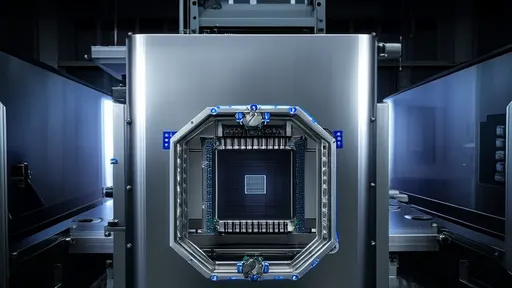
By /Aug 7, 2025

By /Aug 7, 2025
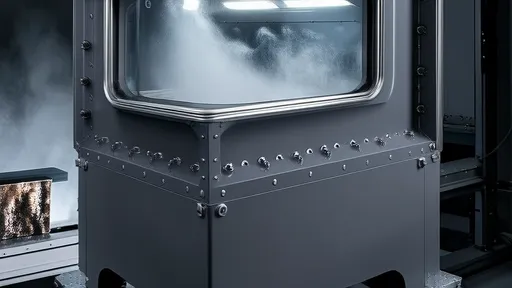
By /Aug 7, 2025

By /Aug 7, 2025
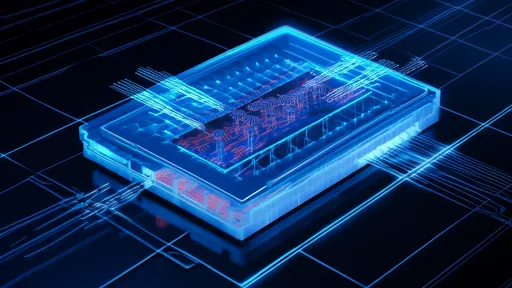
By /Aug 7, 2025
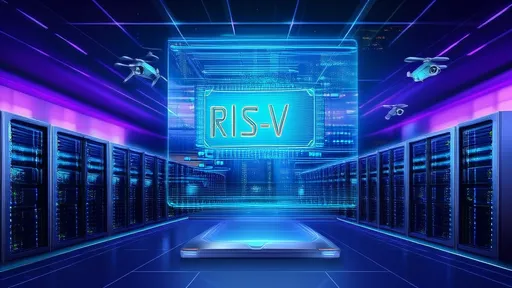
By /Aug 7, 2025
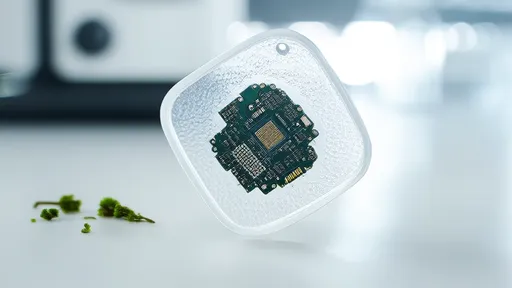
By /Aug 7, 2025
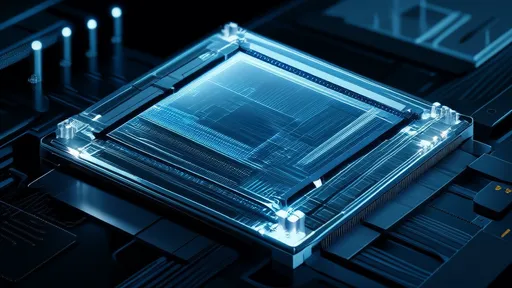
By /Aug 7, 2025
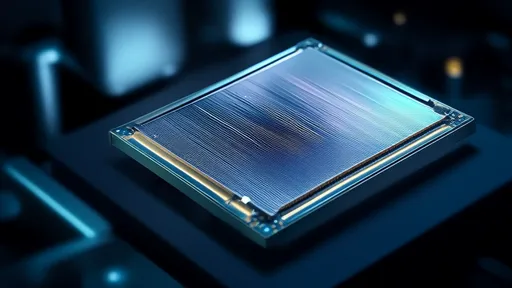
By /Aug 7, 2025
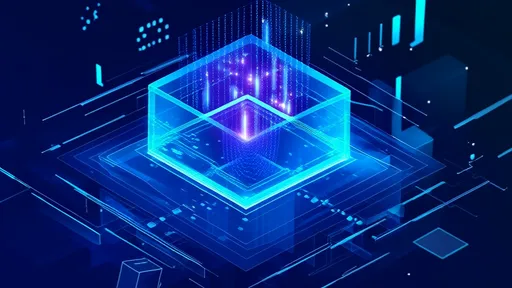
By /Aug 7, 2025
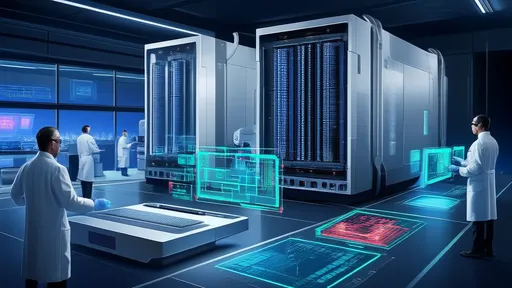
By /Aug 7, 2025
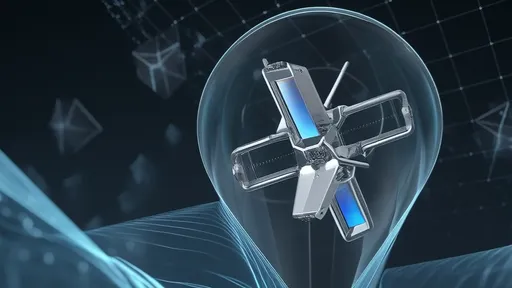
By /Aug 7, 2025

By /Aug 7, 2025
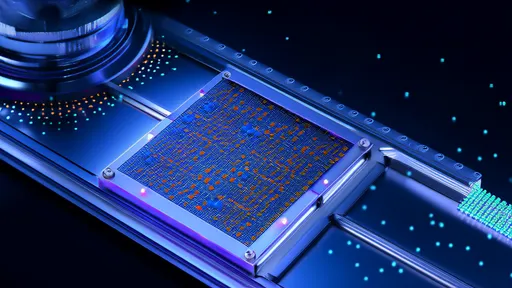
By /Aug 7, 2025